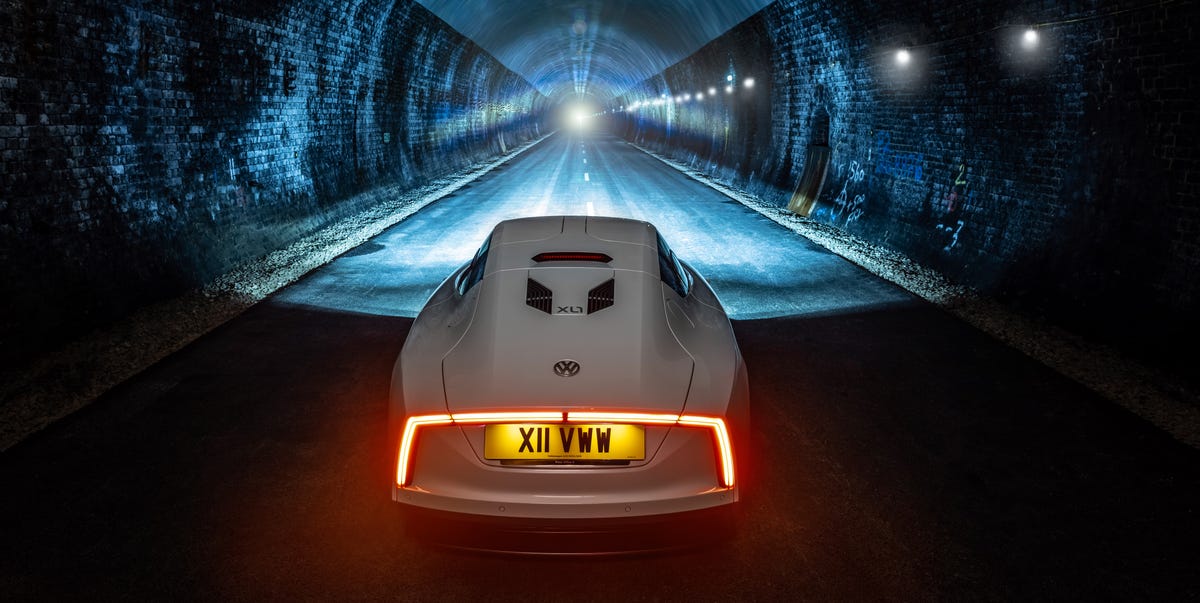
Charlie MageeCar and Driver
From the December 2021 issue of Car and Driver.
Understanding how cars move through air is crucial to automotive design. Wind tunnels, rooms with a controlled airflow to help measure and visualize aero action, have been around for more than a century. Automakers have increased their size and added a rolling road (a treadmill-like floor) in an attempt to replicate real-world movement. But a lab is, and always will be, a stand-in for the real thing.
Rob Lewis, an aerodynamicist who has worked on Formula 1 cars and Olympic bicycles, is a founder of TotalSim, a computational-fluid-dynamics company in the U.K. He was frustrated by the limitations and costs of the tunnel facilities, finding them to be outside the working budgets of most small companies and racing teams. Testing at such places could rack up $50,000 a day in rental fees, according to Lewis. “I thought, what are the alternatives?” he says. Lewis had a vision for a wind tunnel that took the best parts of the lab—repeatability, a climate-controlled environment—but cost less and allowed for more realistic driving experiences. His solution? A big hole, or, rather, an actual tunnel.
Lewis started looking around England for an unused railroad tunnel where he could test a car on a real road yet control variables. It needed to be straight, wide enough to do some dynamic testing, and have ample length so a vehicle at speed would be inside long enough to generate useful data. Conveniently, the internet loves abandoned places. Lewis says he had the idea and 10 minutes later found a website devoted to rail sites that have fallen out of use.
Catesby Tunnel, near the English town of Daventry, opened in 1898. The Victorian tunnel closed 68 years later when train lines changed. It is 1.7 miles long, dead straight, and rises at a constant 0.57 percent grade. When Lewis found the tunnel, it was flooded and overgrown. Now, with a freshly laid asphalt surface in place of its original tracks, it is going into service as an aerodynamics lab that will allow a car to move through air rather than sit still in the wind. Speeds will be limited to vehicles’ capabilities with an eye to safety. Lewis reckons that race cars will be doing up to 200 mph, but it’s not just about top speeds.
“We can do acoustic testing,” Lewis says. “Maybe I’ve got four [side] mirror designs, and I want to listen to those and see which is noisiest.” He’d line the tunnel with sound-deadening panels and set up a microphone array—no bird noise, no wind interference. Want to run an SUV to see where the dirt builds up on a rainy day? “Put a wet marker fluid on the road, drive through, clean it off, change the mud flap design, and do it again. So you’ve got more reality without sacrificing repeatability.”
TotalSim isn’t the first to do this. Chip Ganassi Racing uses a retired Pennsylvania Turnpike tunnel to study, among other things, multicar aerodynamics at speed, something virtually impossible to do in a conventional wind tunnel. Catesby is likely to see similar activities from many of the U.K.’s racing teams. But what about that old chestnut of aero nerds—can a high-downforce car really drive upside down? Maybe, says Lewis, but not at Catesby: “It has a diameter of 27 feet. Even at that radius, the walls are not flat. Also, we’d have to reline the roof of the tunnel or the suction under the car might start pulling bricks out.”
This content is created and maintained by a third party, and imported onto this page to help users provide their email addresses. You may be able to find more information about this and similar content at piano.io
#Developing #Todays #Race #Cars #123YearOld #Tunnel
Source link









